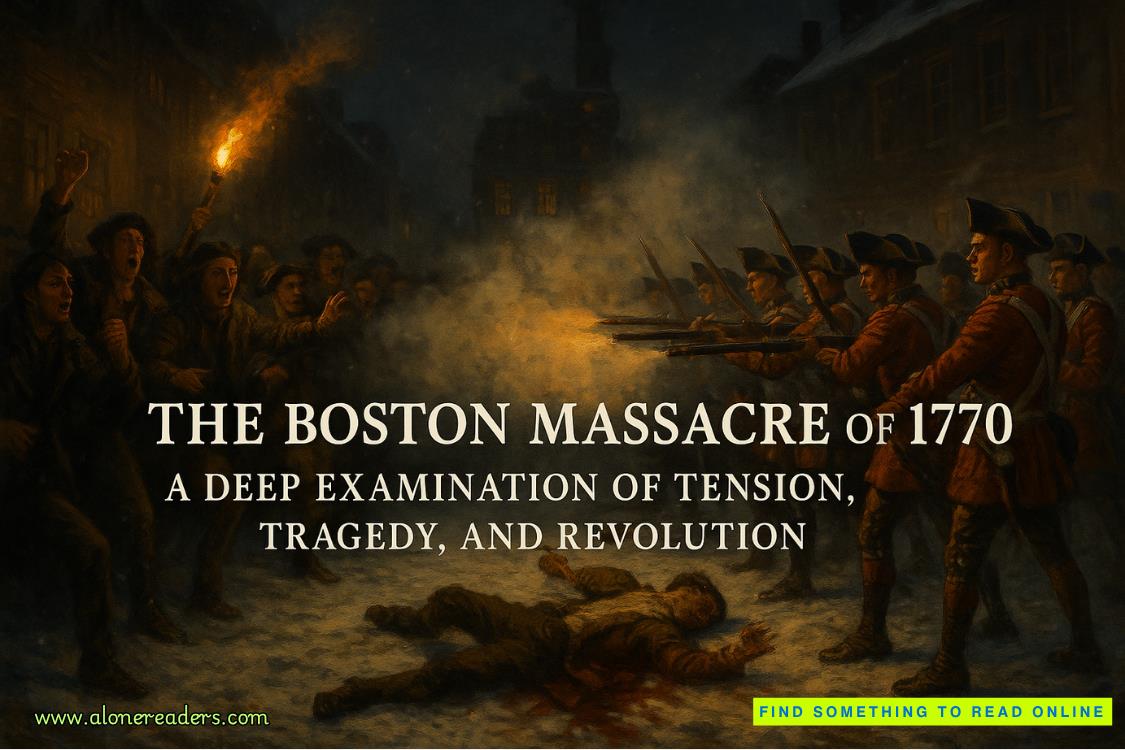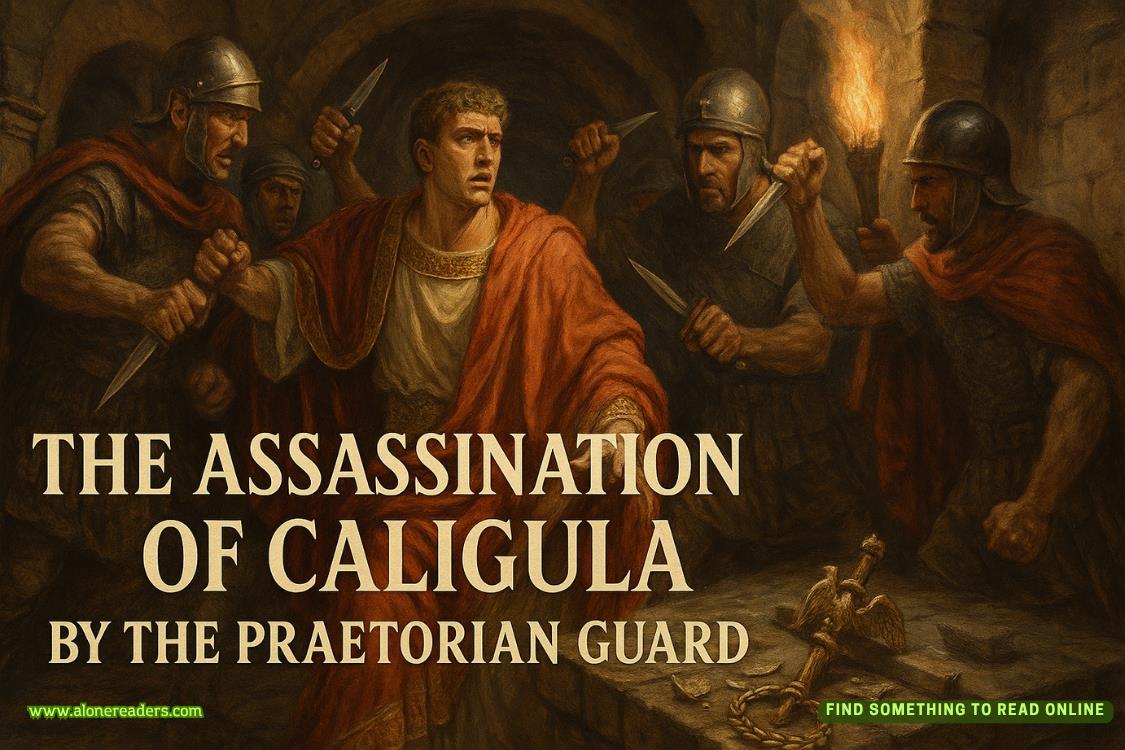Page 52 of Picture This
‘Say something,’ he murmured as he curled up against her like a child.
She turned back toward him; his pupils were green moons against the yellow of an eclipse. There seemed to be such sincerity in his gaze that she found it impossible to stay looking at him. Could she trust him?
‘What are we doing?’ Her voice was small, a whisper of vulnerability. In reaction she felt a very slight tremor run through his body, subterranean, and for a second she wished she could be different. Then she remembered Maxine. Was she here, between them now?
‘I don’t care.’ He uncurled and pulled her towards his chest, wrapping his long arms around her. ‘All I know is that this feels true. How can two people like us be so brave in our public lives and yet so fucking terrified in our private lives?’
Instead of answering she waited until his snore lapped evenly around the edge of the walls, then slipped out of the bedroom. On the way she picked up the bag she had the blank pages hidden in.
*
Felix, waking and seeing that Susie wasn’t in bed beside him, assumed she was just in the bathroom. He leaned over his side of the bed and checked underneath the coat that he’d tossed aside before she arrived. The rim of the red Lincoln mask was visible. He pulled it out and hid it in a drawer in the bedside cabinet, then buried his head in a pillow and fell back into a deliciously empty post-coital sleep.
*
An eerie mixture of city neon and moonlight made a blue and green patina on the marble floor of the apartment, a map by which Susie navigated her way to Felix’s library room. She found the light switch and flipped it. The library purred into being, the hundreds of books now familiar in their gilded spines, titles staring out at her, challenging her to take them down. She liked this room. It was, she decided, the only space in the apartment that didn’t feel as if it had been choreographed by some dead-eyed interior designer; it felt like it was an extension of Felix, the inner core of the psyche he kept hidden from the world.
Susie went straight to the shelf of old first editions. She pulled one out at random and carefully opened the cover. It was missing the blank title page, which had been carefully torn out. The next was the same. And the next. She pulled out a large stack of them and carried them back down the library steps to the floor. There she opened them and, after spreading out the blank pages, tried to match them with the missing title pages. She found four matches – four pages whose jagged edges were a perfect fit for the torn margin inside the volume, like a puzzle piece in a jigsaw. There was no doubt: Felix had removed the pages from these old books, and someone wanted her to figure it out. But why? Presumably the person leaving the trail of clues would know: this was a widely used deceit in art forgery. An old painting needs supporting documents to validate its authenticity – letters, bills of sale, diary entries. By using aged paper from the era the letter or document was supposed to have been written in, the forger could ensure that if the provenance was ever questioned and the paper carbon-dated, the provenance would pass as genuine. Simple but ingenious.
Susie closed the books. She set the four with matching title pages to one side and returned the others to the shelf. Contemplating slipping the matching four into her bag to keep as evidence for later, she stared up at the gap their absence created on the shelf. It could be covered by a slight rearrangement of the books, she decided; she moved them around a little. Given the large number of books in the library, she hoped Felix would not notice.
As she got back onto the library steps a row of catalogues for Baum #1 came into view. Perched on the top step, she found the catalogue for the group show Maxine had been part of. Flicking through the photographs of the paintings and sculptures, she arrived at the right entry. It consisted of several drawings, a painting and a sculpture – staring down at it, Susie recognised the monolithic figure straight away. It was the same African-American woman Alfie had cast for the Klimt, the one who’d called herself Laura Johnson – but who, according to the title of this sculpture, was in fact called Latisha. The same woman who’d questioned her integrity as an artist.
*
The bus ride into Union City had made Latisha nervous. The bus had been filled with Latino families and a few Latina grandmothers, and by the time it pulled into Mechanic Street she w
as the only African-American left on board. Nevertheless she got off and, with studied indifference, made her way over to the address Henry had given her. It took her 20 minutes to find the basement ‘laboratory’ the ‘Prof’, as he called himself, operated from, and then half an hour of explaining what the yellow paint signified and which famous painter was meant to have used it. There was another hour waiting in the small cramped reception room, while the Prof examined the two samples of yellow paint she had brought using X-ray radiography and another technique the Cuban scientist described as infra-red reflectography, in which she went through three pipes and two old issues of Time magazine.
It was all mumbo-jumbo to Latisha; she only needed to know one thing, she thought. She waited impatiently, and finally the Prof emerged from behind the lab door, holding out two small squares of glass coated with the two samples of yellow paint she had brought with her.
‘Henry Firestone told me you were famous in Cuba.’
Hector Ortega sighed. He was a man in his seventies, almost as tall as she was, his heavy jaw and ugly oversized features betraying intelligent eyes that twinkled with kindness. ‘I headed up a laboratory in Havana. My original field was archaeology – dating ancient artefacts found in Cuba and the surrounding islands. Then I had a falling-out with Castro. I fled a year later.’
‘What was the falling-out over?’
‘The best of hunters lies more than he hunts, an old Spanish proverb – trust me, you don’t want to know.’ He peered through the microscope. ‘The structure of these two samples indicates they are taken from the same pot of paint. It’s old paint. The basis is white lead with yellow pigment added on top. They don’t use that any more – too toxic.’
‘But it’s the same paint in both samples, right?’
‘It is. The same base of white lead paint, with an identical amount of yellow pigment mixed into it.’
‘So it’s possible it was the same painter?’
‘Not possible, definite. This paint you can’t buy; you have to make it illegally. And the only people I know who do that are forgers. You can distil white lead off old toy soldiers – they were always painted with white lead, and there are still a lot of them around.’
‘I know. I seen them at this painter’s apartment. He had one of them tin men in a mug of vinegar.’
‘He’s no fool, this artist of yours. There’s another way of ageing paint so that it looks old, a forger’s trick – ultraviolet light.’
‘So let me guess: this would look like a cabinet, Mr Ortega, something you’d place the painting in and then a pinkish violet light comes on?’
‘Like I said, no fool. But present this pigment and you wouldn’t have a case. You have to understand, it’s a huge business, forgery, and very profitable. These people study the way the artist stretches the canvas – the back of the painting is more of a signature for the artist than his actual brushwork. The way he stretches the canvas, the thickness of the stretcher, the weight of the canvas – is it burlap or cotton? If so, what weave of cotton? How many tacks has he used to nail the canvas to the stretcher? Are the tacks rusty, are they old? Is the canvas ripped or cut? All this is very important, because artists always repeat themselves in the way they do these things; they get into a rhythm of following the same method with each painting and so it becomes their signature. And each artist is different. Hopper would not stretch his canvas the way Pollock stretched his, and so on. Then you have the front of the painting: what brushes did the artist use? What was his gesso – the ground under the paint – of choice? Is it made with rabbit glue, like it would have been if Hopper had painted it? The forger has to study all of these things meticulously and apply every one of them to his forgeries. The way to catch them is when they slip up on one tiny detail. And you know what? The longer a forger works, the more careless he gets. Sometimes their ego gets inflated, you know, and they begin to think that their work is as good as the master’s, so they let one little detail go. Like they want to be caught; subconsciously they want the whole world to discover it is really their work and not the master’s. It’s an allegory for life, Miss Johnson. The moment you let your ego take over, that’s it. You’re dead in the water.’
‘All I know is that I seen the lead soldiers, the cabinet, a jar of rusty old tacks, old paintbrushes and some photos of the backs of paintings.’
‘And I’m betting they would be of the original Hoppers. Miss Johnson, you know I expect good money for this service, today. But if you want me to stick my neck out further, it’s going to be even more expensive. If I were you I would try to find a couple of other pieces of incriminating evidence to back your case before I went to the authorities – starting with the provenance.’















